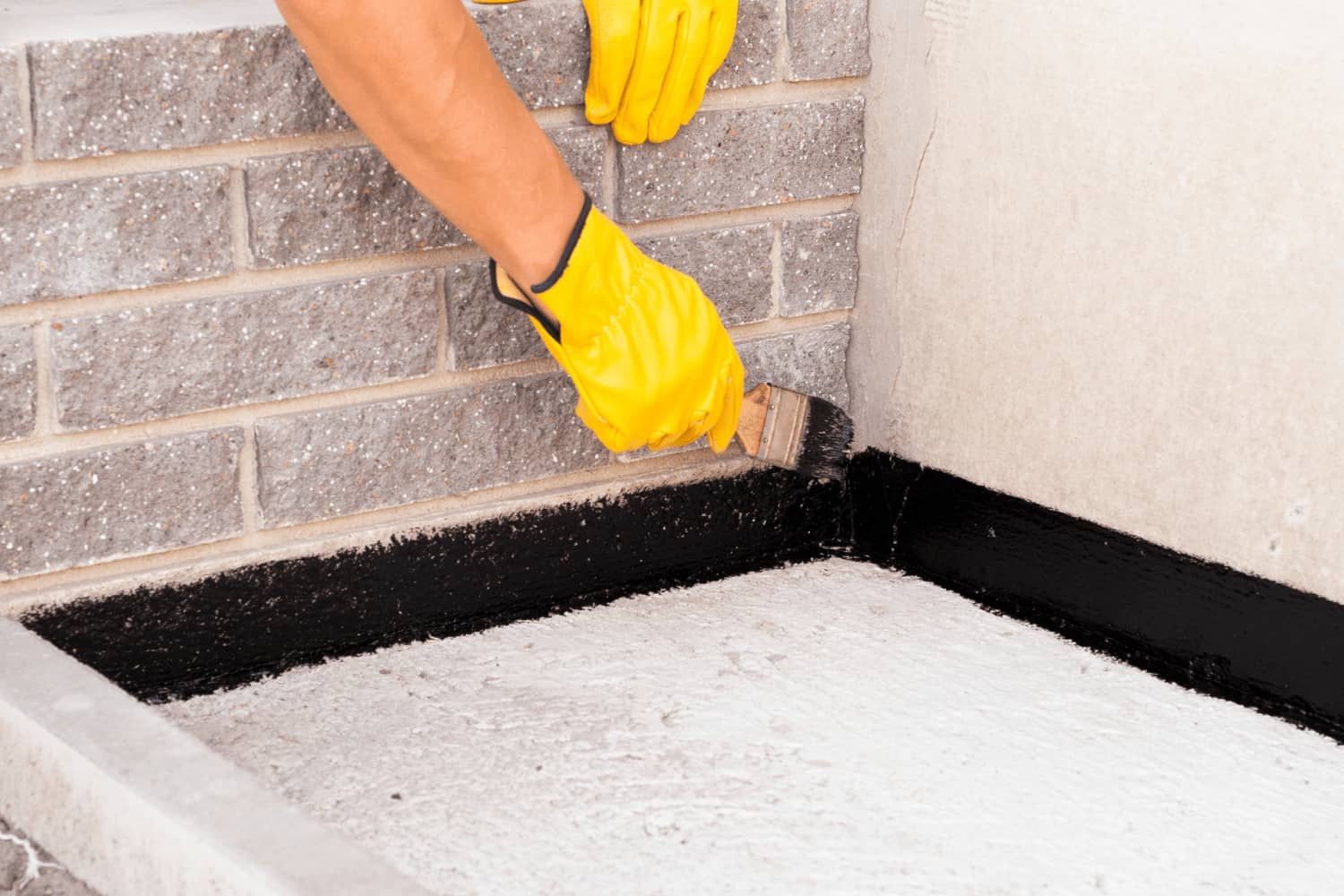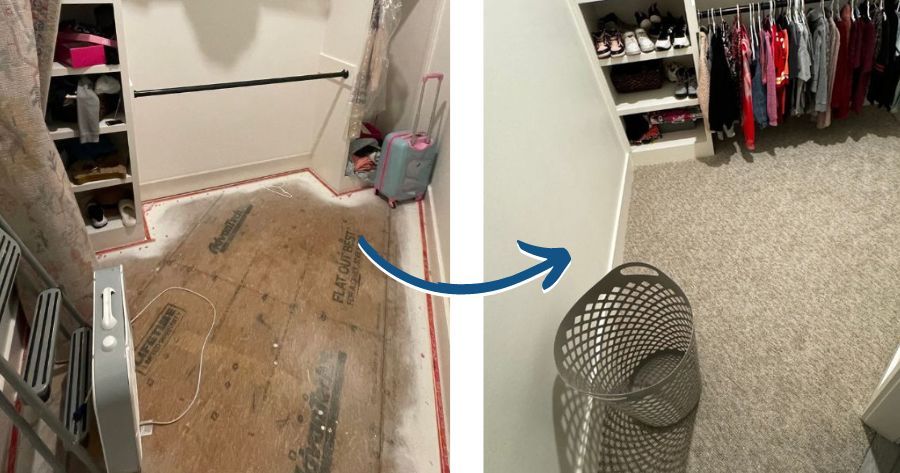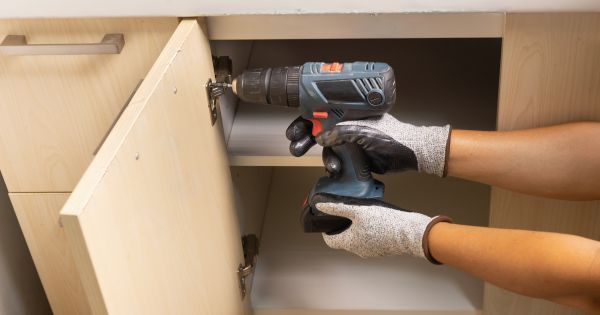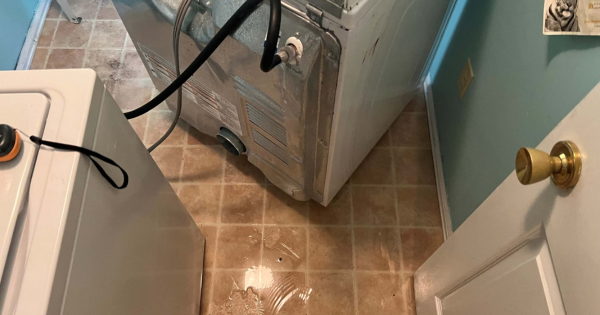
How Do You Waterproof A Basement
The two most frequently asked questions are: Is it possible to waterproof a basement inside? and What is the best method to waterproof a basement inside? These are difficult questions to answer due to their complexity. To waterproof a basement inside is something that many homeowners determine to do in order to protect their assets. Basements are one of the most costly parts of the house to repair. It is also an area that, if not properly maintained, may result in thousands of dollars in water damage. Do you have a basement or crawl space that you're hesitant to use due to a recurrent leak? Or do you want to adopt a proactive stance and address the issue before it worsens? If one of those is true, then the answer to the previous question is yes, it is possible to waterproof a basement inside. Contact ABD Damage Restoration for more information on foundation and basement waterproofing.
How Do You Waterproof A Basement Inside?
To keep anything dry, it seems natural to cover it with something waterproof, correct? That is why your morning newspaper is delivered in a plastic bag and why we wear rain coats when we venture out in severe weather.
Additionally, the "wrapping" technique can be applied to keeping a basement dry. One extremely efficient way of waterproofing a basement is to "wrap" it whole or partially in an external waterproofing membrane. Of course, such a membrane is formed by coating a wall with fluid asphalt-modified polyurethane rather than sheet products, but when the membrane cures, it creates an external wrapping.
Of course, an external waterproofing membrane is only effective in repairing or preventing specific types of basement leakage, such as leakage via broken mortar joints (in masonry walls), porous concrete or masonry units, or leakages over the top of a concrete foundation wall. Other types of leakage require that we waterproof a basement inside.
Leakage Problems that is Required to Waterproof a Basement Inside
Basement leakage can occur for a variety of causes and originate from a variety of sources. Regardless of how the water reaches the basement, it originates in the earth surrounding the foundation.
Water exists almost everywhere in the earth, but it may be situated quite far below the surface in some locations. The level of groundwater, referred to as the "water table," is mostly constant based on the area's physical characteristics, but can rise or fall during periods of severe rains or drought.
Hydrostatic pressure created by groundwater beneath the foundation exerts upward force against the basement floor. Water in the soil surrounding the foundation exerts lateral or sideways pressure against the walls. Both of these types of hydraulic pressure may produce fractures and drive water into the basement, and the pressure builds as more water is absorbed into the soil.
- Basement Floor Cracks: Basement flooring is simply a level covering for the home's foundation; a basement with a dirt floor is just as sturdy as one with a poured concrete floor. As a result, basement flooring is rather thin, with an average thickness of around four inches of poured concrete. Due to the thinness of the floor, it is typical for it to fracture in one or more locations as the hydrostatic pressure beneath the floor grows as the earth absorbs more water. Because the floor is non-structural, these fissures pose no threat to the foundation, but they are frequently a source of leakage, particularly during periods of heavy or persistent rain.
- Wall Cracks: The most frequent source of water in a basement is a crack in a poured concrete foundation wall. Although poured concrete foundation walls are rather thick at eight to ten inches, lateral strain from the surrounding saturated soil can generate enough power to cause nonstructural fissures in the wall. Wall cracks can also occur as a result of a foundation settling or sinking. These are non-structural wall cracks that appear randomly and are typically less than an eighth inch wide. Structural cracks, which signal a more significant foundation problem, are often more than one-eighth inch in width and appear in a pattern. A damaged wall will have a vertical crack running through the middle and two angled cracks running across the top corners. Vertical racks in each corner, where the wall has begun to split from the adjacent ones, are not visible from the inside.
All of these sources of leakage can be repaired by interior methods. Here’s how to waterproof a basement inside:
To waterproof a basement inside seems to be a very widely known option because it is accomplished without significant exterior excavation and, in some cases, can be done very efficiently and cheaply. This also makes it an appealing opportunity for do-it-yourselfers, who, regardless of skill level, typically fail to stop the leakage because they lack access to the necessary supplies or lack the knowledge to install lasting fixes.
Hydraulic cement and caulk are common alternatives for do-it-yourself waterproof a basement inside. The trouble is that neither works; employing them to combat leakage merely postpones the necessary call to a basement waterproofing professional.
So, what will the expert do? It is determined by the source of the leakage. There is a fantastic and simple solution to the most frequent of issues, a non-structural fracture in a poured concrete wall.
- Interior Crack Repair: A specialist will plug and seal a leaking wall crack to prevent it from reopening. Cleaning the fissure with a wire brush removes dirt, aggregate, and unsuccessful DIY repairs. After cleaning the crack, the specialist places plastic injection ports along its length. After installing the ports, he seals the crack with a quick-drying epoxy. After the epoxy hardens, the technician fills and closes the crack with expanding polyurethane, starting at the top. The dirt outside produces a polyurethane “cap” on the exterior of the wall that helps seal it against water. The polyurethane is flexible, preventing small foundation movement from re-opening the fracture. Polyurethane crack repairs are typically lifelong.
- Interior Drain Tile: Installing an interior French drain and a high-efficiency sump pump system is the most well-known technique of protecting your basement against water dribbling or collecting. This is a somewhat difficult process, but it resolves the water issue. You'll need to dig a trench on the basement floor to connect the French drain to the sump basin through a drainpipe. Then add more gravel to the trench. The drain tile directs excess water to the sump basin, which is subsequently pumped out of the home using an electric pump.
Final Thoughts
Nothing gives homeowners the shivers quite like a wet basement. Due to the fact that basements or cellars are situated below ground level, water can readily seep in and exacerbate the situation. The sooner you analyze and identify a complete solution to the problem, the easier it will be for you to manage your house and keep its occupants safe and healthy. Waterproofing a basement inside is a good option to consider if you want the area dry and clean. This is because it is far less intrusive and does not require extensive external excavation.
Are You Looking for a Basement Waterproofing Company in Missouri?
Contact ABC Damage Restoration at (417) 352-2303 today for basement waterproofing services, water damage restoration, or mold damage restoration along with any of our other services or get an instant quote from our website.
Learn More About What is Done To Waterproof a Basement?
Get A Free Estimate
By filling out the form below
Need Help With Disaster Restoration?
GET A FREE QUOTE TODAY
ABC Environmental Contracting Services Of Springfield is an IICRC certified company helping homeowners and businesses in Springfield and Branson Mo areas with water damage, mold remediation, asbestos removal and fire damage restoration services.
Find Us
ABC Environmental Contracting Services Of Springfield
2014 E McDaniel St.
Springfield, MO 65802

Quick Links
All Rights Reserved | ABC Environmental Contracting Services Of Springfield




